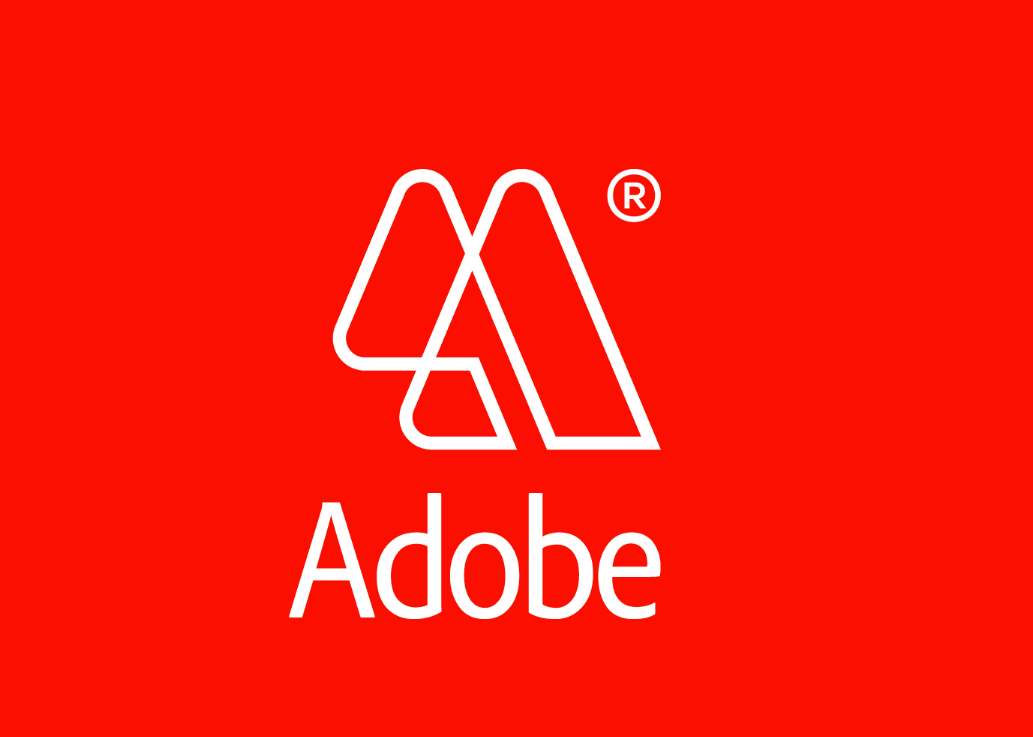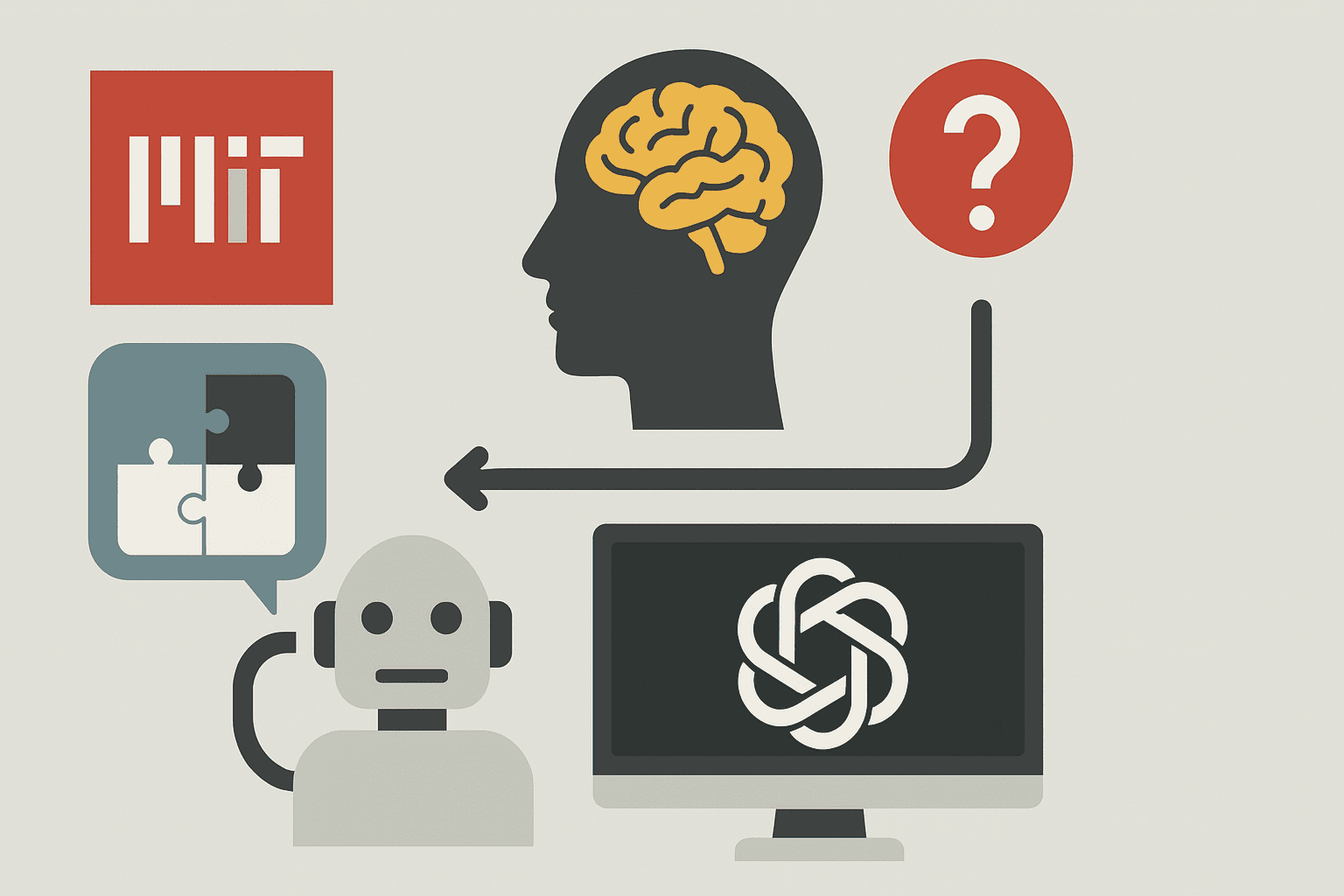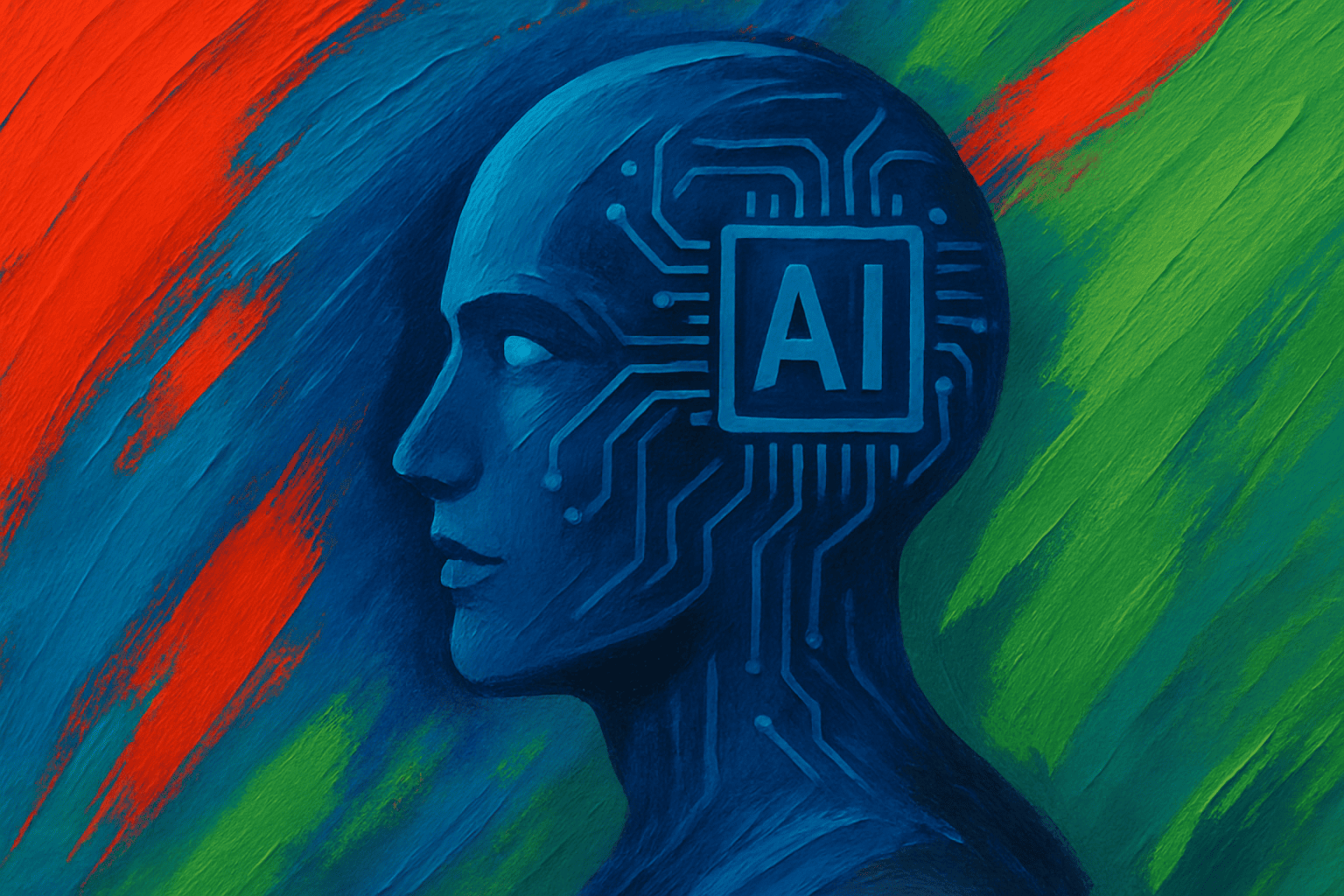Adobe, a leader in creative software, is rocking the boat in the AI space with its latest offering: AI-powered video tools. In a recent interview, Adobe CEO Shantanu Narayen discussed the company’s innovative approach to integrating AI into video editing, marking a significant leap forward in creative technology.
Narayen revealed that Adobe’s strategy goes beyond mere model development.
“It’s not just about the models that people develop, but it’s the integration with the apps where the real magic is,” said Narayen. This philosophy has driven Adobe to seamlessly incorporate AI capabilities into popular applications like Premiere Pro and After Effects, as well as on their Firefly platform.
The new AI video models represent a considerable technical achievement. Narayen explained the complexity involved: “The ability to extend that into video across every frame is so much more computationally intensive as well as challenging in order to do it.” Despite these challenges, Adobe has delivered features like video extension and object removal, which Narayen describes as “pretty incredible stuff.”
One of the most notable aspects of Adobe’s AI implementation is its focus on commercial safety.
“These models were designed to be commercially safe. So they’ve only been trained on licensed and public domain content,” he stated. This aims to address concerns about copyright and ethical use of AI-generated content.
While Adobe has been offering its AI tools as part of its basic subscription for image and vector work, the video tools may follow a different pricing model. Narayen indicated: “Video might be a little bit different. The cost of producing video is clearly a little bit more expensive.” However, he stressed that the initial focus is on user experimentation and feedback.
Narayen sees multiple avenues for monetization, including tiered subscription pricing, add-on services, and custom models for enterprises.
“Firefly services is being used by every large enterprise. They want to understand how they create a custom model where they can have, for example, Bloomberg assets in a custom model where only Bloomberg is allowed to generate with that content,” said Narayen.
As Adobe continues to push forward with AI in creative software, it’s clear that the company is not just following trends but actively shaping the future of digital content creation.






